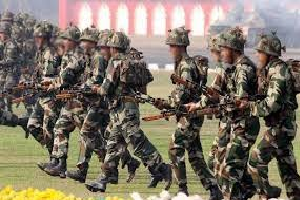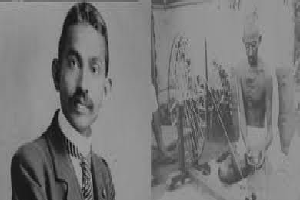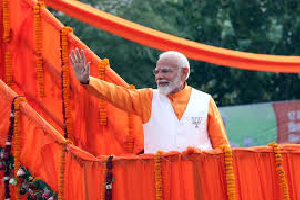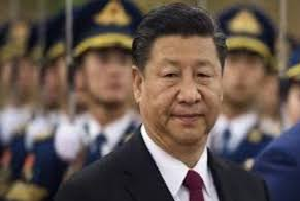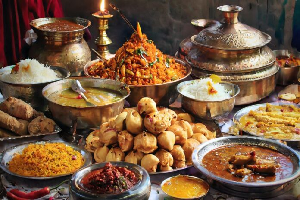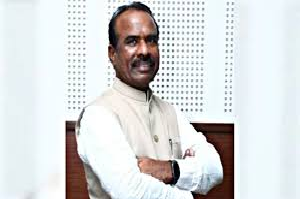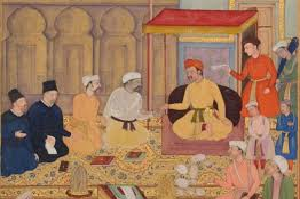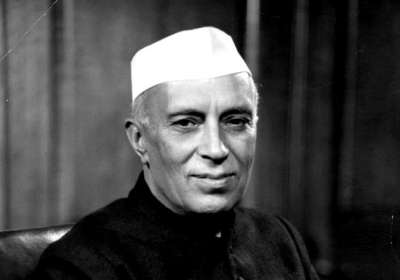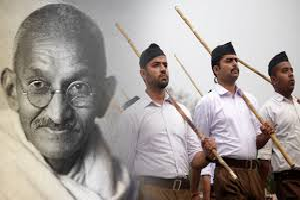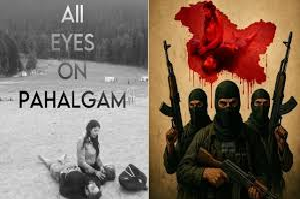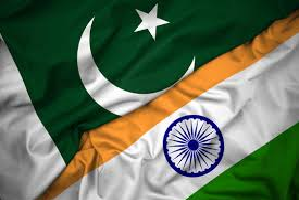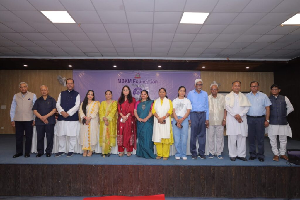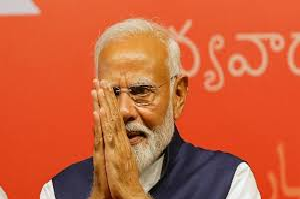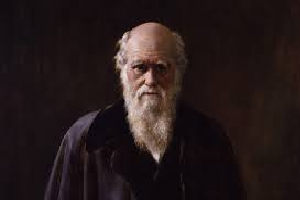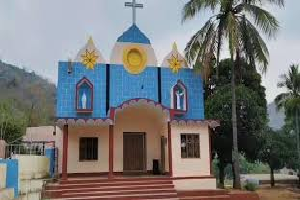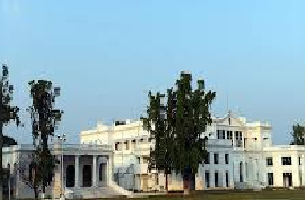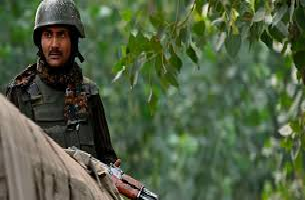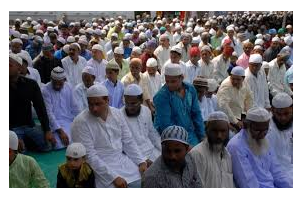3

Lord Jagannath: Muslim And Adivasi Devotees Of Ancient Hindu God
Akansha Mathur
New Delhi, 3 July 2024
Rathyatra, the annual journey of Lord Jagannath (spelled Juggemant by the British) in his chariot in the month of June- July, is a unique religious event in India. Every year, on the second of the bright half of the Hindu month Ashadh, the famous journey takes place at the holy place of Puri on the Orissa coast.
Lord Jagannath is the most ancient and the most sacred of the Indian Gods, and not only Hindus but many Muslims and adivasis are known to be His devotees. Such is the devotion He evokes, that about all the ancient and medieval Indian saints and philosophers, including Sankara, Ramanuj, Chaitanya, and Vallabh worshipped him.
In the famous annual journey, Lord Jagannath is accompanied by his brother, Balbhadra, and his sister, Subhadra. Accordingly, three chariots take part in the journey. The highest of them is natural for Lord Jagannath and is 45 feet high and has 16 wheels. The journey still takes the Lord only two miles, to his supposed village home, the Gimdicha temple. But it is an event of unmatched color and devotion. At his village home, the Lord rests with his party for a week, and then the equally colorful return journey takes place.
----------
Article at a Glance
The Rathyatra, a unique religious event in India, takes place every year in Puri, Orissa, where Lord Jagannath, one of the most ancient and sacred Indian gods, embarks on a journey in his chariot.
Accompanied by his brother and sister, the three chariots are decorated with multicolored clothes and pulled by thousands of devotees. The event is a spectacle of color and devotion, with devotees gathering from early morning to catch a glimpse of the Lord.
The idols are ceremonially worshipped and then taken out to be seated on their chariots, followed by a procession of devotees singing and dancing to traditional music. The festival is a significant event in Indian culture, with a rich history dating back to pre-historic times.
----------
On the appointed day the three chariots, covered with pieces of multi-coloured clothes, are stationed at the door of the Lord's temple in Puri. Crowds of devotees start gathering at the temple from early morning, and by noon all available space near the temple is covered by a sea of humanity. The three idols in the temple are now ceremonially worshipped by their friends and are then taken out to be seated on their respective chariots.
The idols were until a few years ago glittering pieces of wooden sculpture unlaid with diamonds and wearing precious ornaments that even non-devotees came from far away to see. Every 12 years, when the month of Vaiskh comes twice according to the Hindu calendar, the wooden idols are stripped of their jewelry and ceremonially immensed in the sea. Their place was immediately taken by new wooden idols which were duly decorated with jewellery and diamonds and ceremonially installed. A little before the immersion, a blindfolded priest traditionally took something out of the old idols and placed it in the new idols.
This ceremony is still held, though the diamonds and the jewellery now no longer Adom the idols and are kept in safe custody. It is not known what the mysterious substance transferred from the old idols to the new idols is. This only the high priest knows. It is surmised that it may be a relic of Lord Buddha or Lord Krishna or formerly a Shivalinga made of a blue precious stone.
The Procession: As soon as the idols are taken out of the temple to be seated on their chariots, the crowd of devotees lunge forward for a darshan of the Lord. Almost every year this results in a stampede and, so thick is the crowd, that some people are usually crushed to death, and many are injured.
As soon as the idols are seated in their chariots, the Raja of Puri appears in his golden palanquin with flowers covered with silver, to receive the Lord. It is believed that the Raja of Puri is descended in an unbroken line from the Lord's time. The palanquin is preceded by three decorated elephants, and the Raja climbs all three chariots one by one via the elephants and sweeps their floors with a decorated mop.
After this ceremonial cleaning, three wooden charioteers are raised to the chariots and seated there and coloured wooden horses are tied in front of the chariots.
The hallowed journey now starts. The Lord's chariot is preceded by that of Balbhadra and followed by that of Subhadra. The three chariots are slowly pulled by thousands of devotees with the help of long ropes tied to them. Along with them form the procession of devotees, singing devotional songs and dancing to the music of drums and other traditional entertainments. Fruits and coins are thrown into the crowd and are avidly grabbed as coming from the Lord, and priests from the chariots give religious discourses.
The procession proceeds up at a slow pace, stopping on the way at several places until it reaches Gumdicha temple. The return journey a week later is also similarly elaborate and marks the end of the Rathyatra festival.
It is said that Lord Jagannath temple at Puri has been a place of pilgrimage since pre-historic times. The Adivasis of the area, called savers, are said to have been worshipping the Lord from ancient times, and even now a representation of the savers have the right to worship Him before anybody else. According to the legend King Indradyumna took the idols from the savars and installed them in the Temple.
The author is a Sydney-based former Indian journalist who worked in PTI and India Today group before migrating to Australia. She now works for the New South Wales Government.


